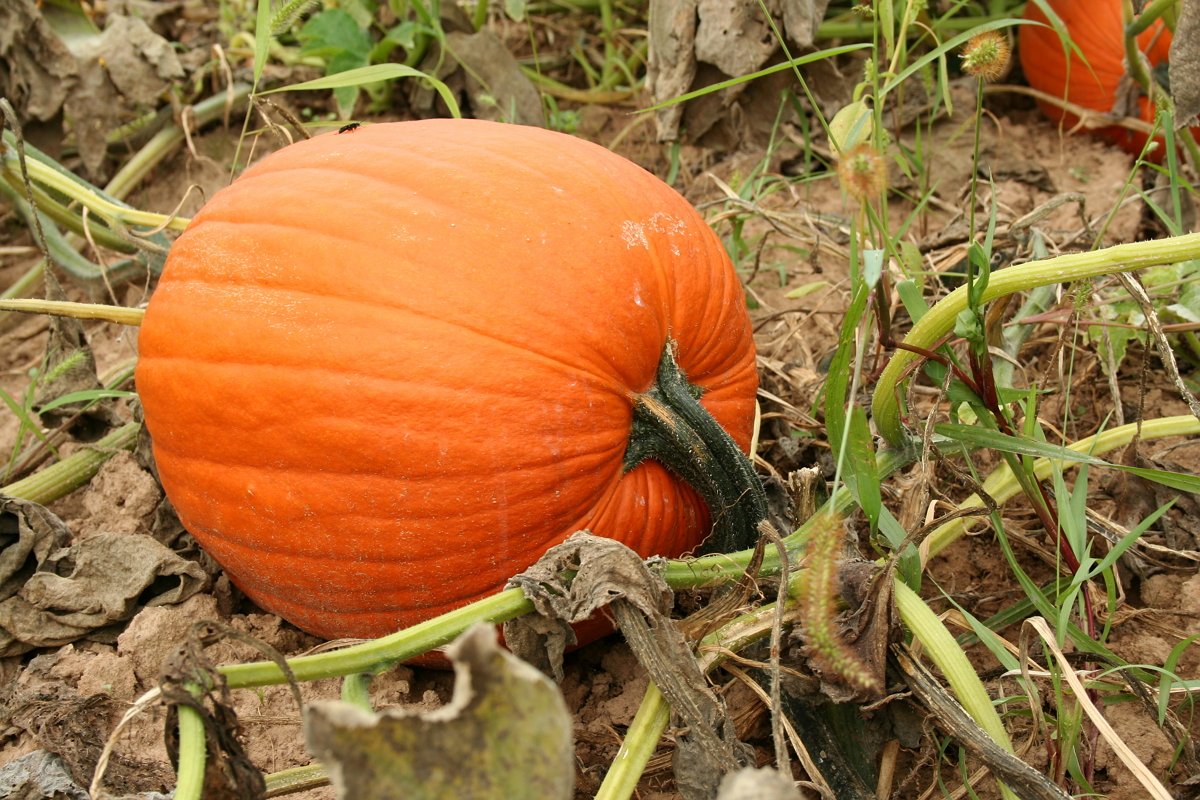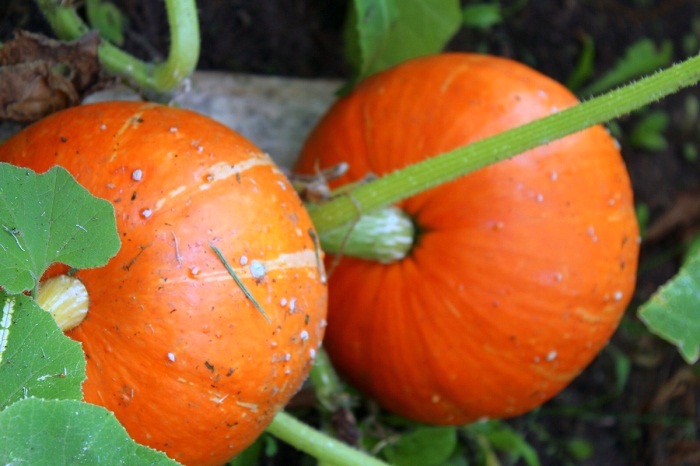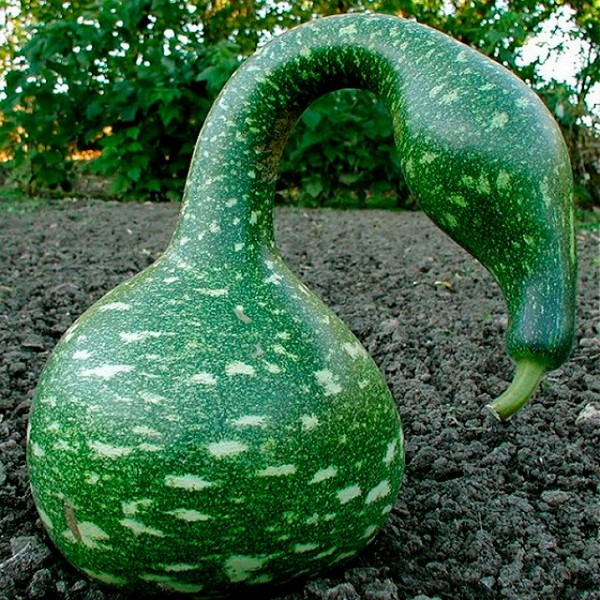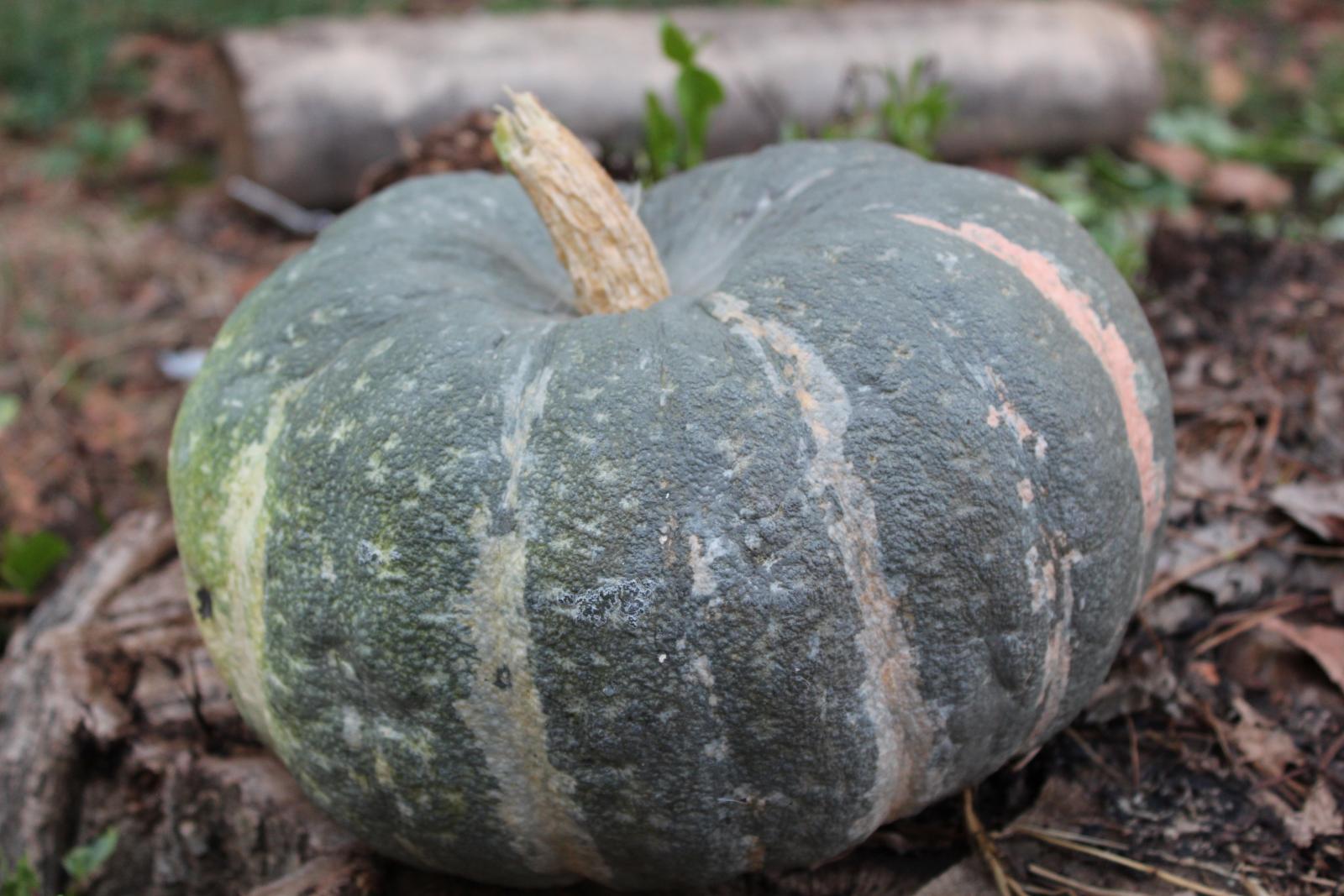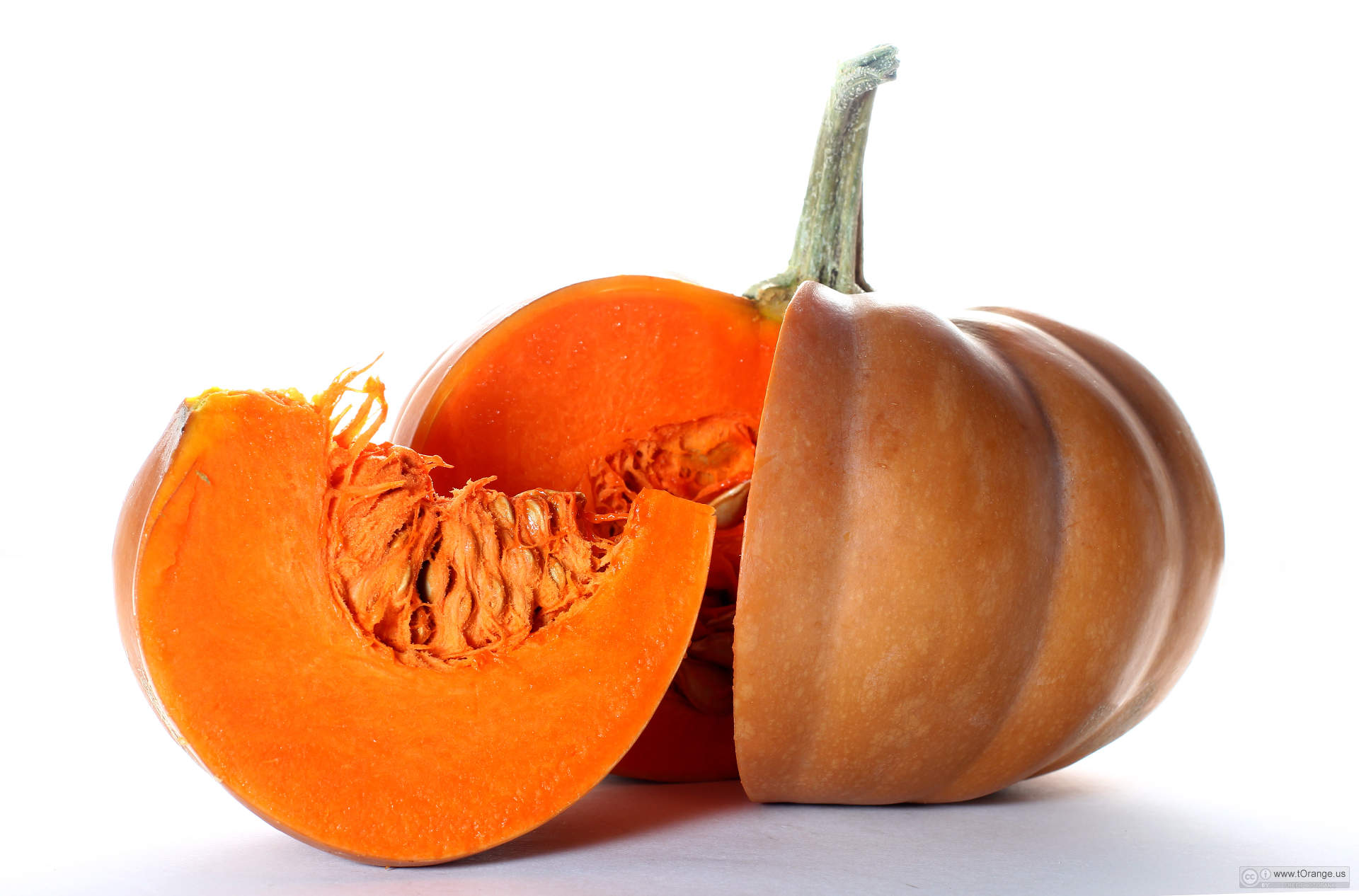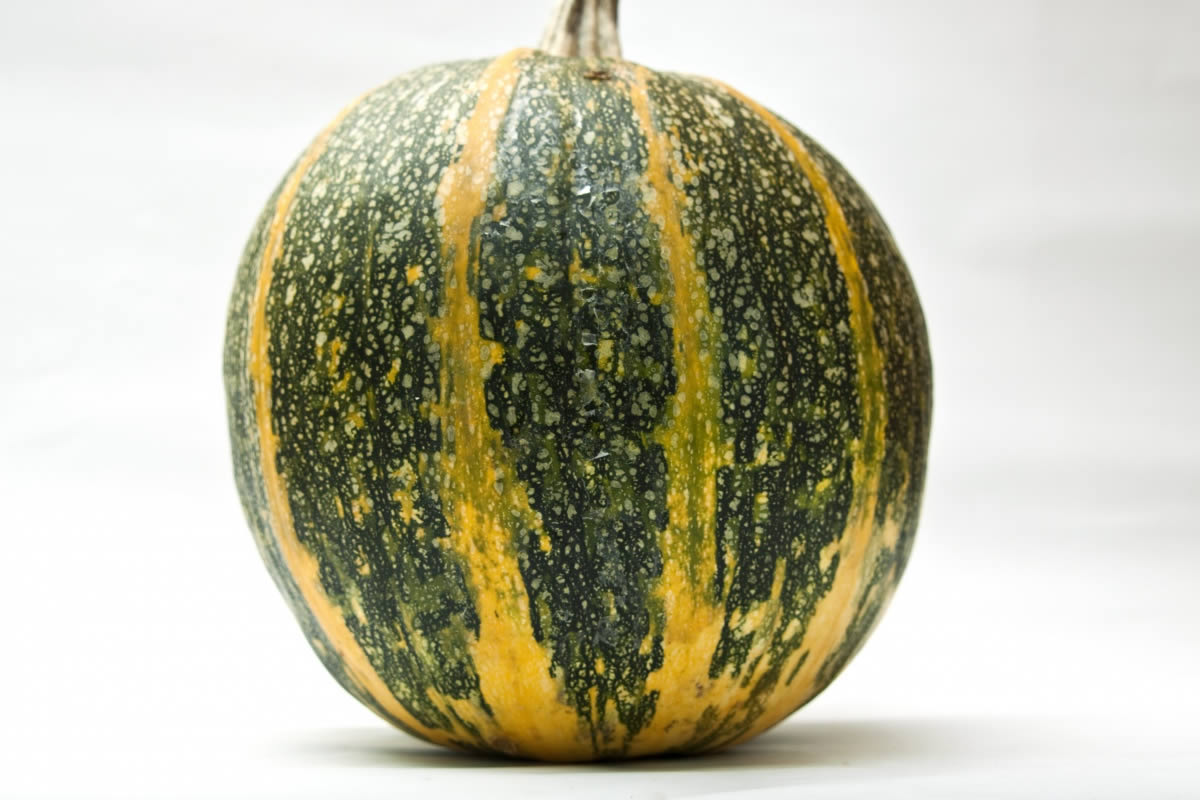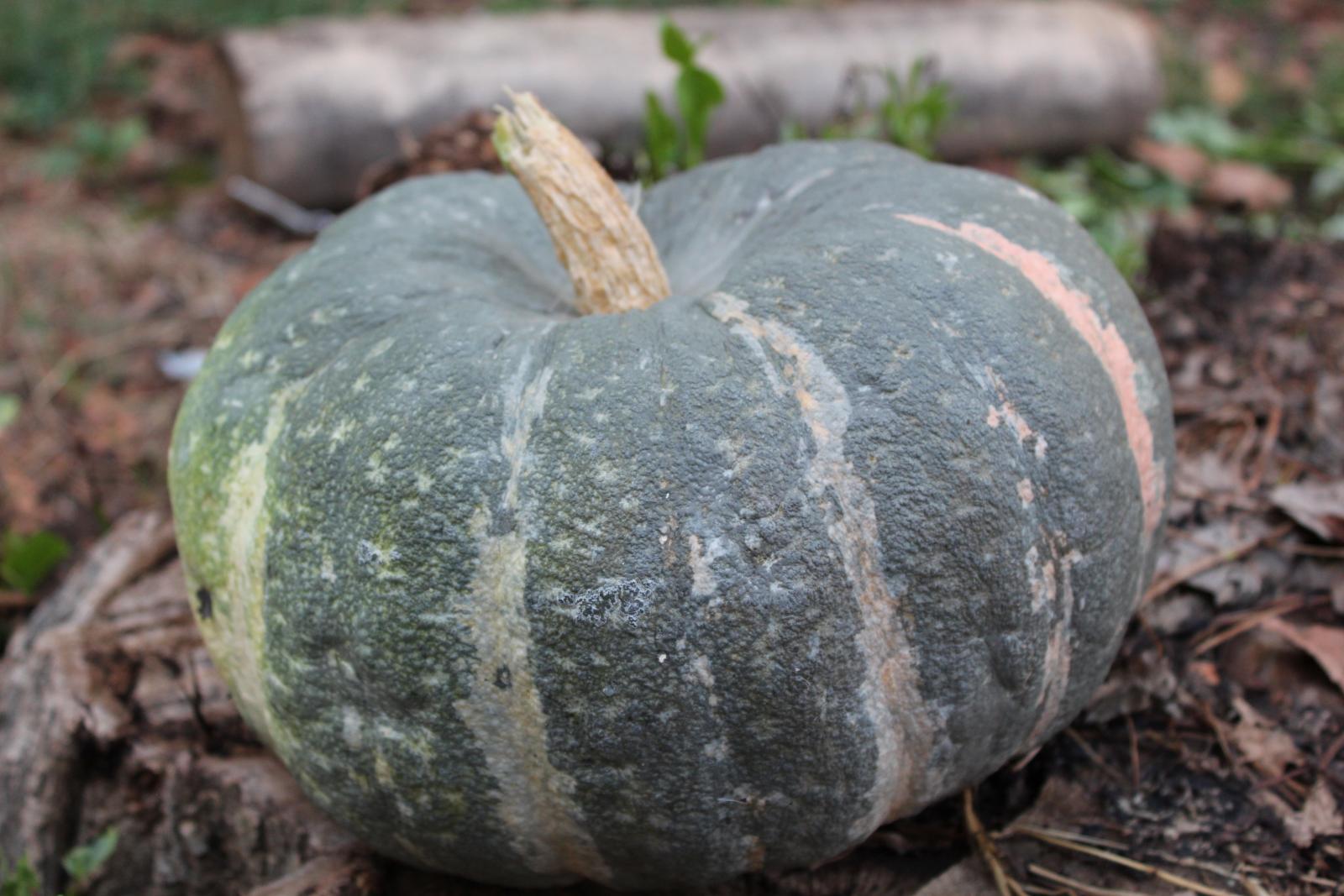Content:
Pumpkin Sweetie was bred by Russian breeders for non-black earth regions of the country. The variety was awarded the highest mark by the Institute of the Canning Industry. The high sucrose content of the vegetable was assessed. Its second name is Caramel pumpkin.
Pumpkin is used for making purees and juices for children without added sugar. Cultivated pumpkin Sweetie on an industrial scale. It is not difficult to grow a sweet vegetable in vegetable gardens and summer cottages. Delicious desserts are prepared from Caramel; on its basis there are various baking recipes, first and second courses.
Pumpkin pulp is rich in carotenoids that are good for the eyes. Zinc in the pulp helps the absorption of vitamin A, which also has a positive effect on vision. Pumpkin is useful for stomach ulcers, helps to improve intestinal motility. Low calorie sweets and L-carnitine, which breaks down fats, contribute to weight loss.
Description of Pumpkin Candy
An annual herb has a taproot branching root. Stem up to 7 m long, spreads along the ground, pentahedral, rough, with a spiny covering and antennae on each leaf. Leaves on long petioles, five-lobed, heart-shaped, alternate. Leaf plate up to 25 cm in diameter. Large yellow flowers on long stalks are cross-pollinated by bees. Flowering begins in June.
Characteristics and description of the pumpkin variety Caramel:
- fetal weight - 2-3 kg;
- shape - spherical;
- the skin is hard, orange, well cleaned;
- the pulp is orange, dense, has a sweet taste, contains a lot of juice;
- increased content of carotene and ascorbic acid;
- sugar content of the fruit - 7-8%;
- 120 days pass from planting seeds to harvesting;
- long shelf life at a temperature of 15 −17 degrees;
- yield - up to 8 pumpkins grow on one stem, each 3 kg, more than 25 kg of useful vegetables can be harvested from one bush;
- the seed nest is not large, inside there are large white seeds, suitable for consumption;
- lashes are stretched to 1.3-1.7 m in length.
During storage, the fruit ripens, the pulp picks up sugar, becomes softer. Pumpkin Sweetie is a cold-resistant variety that can yield crops both in the southern and northern regions of the country.
Breeding pumpkin varieties Sweetie
The predecessors of pumpkins in the garden can be tomatoes, potatoes, carrots, cabbage, onions, beans.
It is placed next to cucumbers, potatoes, beans. You can not plant Candy after zucchini, cucumbers, watermelons, melons. The melon culture loves warmth; in cold regions it is recommended to grow it through seedlings. It all starts with the preparation of seeds:
- select large healthy seeds;
- put on wet gauze;
- put the dishes in a warm place;
- moisten the fabric periodically;
- when the seed hatches, hardening begins: for 3 days you need to place the seed in the refrigerator.
Seedling
You need to sow seeds 24 days before the planned planting in the beds, around the beginning of April. Plant the seed in individual containers with a diameter of up to 10 cm or in a common container. The planting pattern is 5 cm by 5 cm. Sawdust is used for drainage.
The composition of the soil mixture: humus, peat, garden soil (2: 1: 1) and mineral fertilizers. You can use peat pots instead of potting mix. The seedlings are not dived to avoid root damage.
Landing rules:
- deepen 2 grains by 4 cm, cover with earth, water;
- cover with transparent film;
- put in a bright warm place;
- when shoots appear, remove the film.
After 4 weeks, the seedlings need to be planted in the beds. The earth should warm up to 15 degrees. The best option for seeding is mid-May. For 8-9 days, seedlings should be left outside for hardening for several hours.
Transfer to soil
Pumpkin Sweetie prefers lighted areas without shade. It is better to grow it on loams with little sand. On clay or black earth soils, add peat, sand, light soil with neutral or weak acidity of 6-6.8 pH is suitable. The soil must be permeable so that there is no stagnant water.
Each well contains 30 g of superphosphate and a glass of ash. Pumpkin seedlings are planted in prepared holes at a distance of 1.5 m, compacted and watered. The depth of the hole is at least 9 cm.
In the southern regions of the country, sprouted seeds can be planted immediately in open soil. In each hole, spread 3 seeds 4 cm apart. Compact the earth, mulch on top with peat. Can be covered with foil to accelerate seed germination. If all the seeds germinate, the weak seedlings should be cut, but not plucked. Roots that are intertwined may suffer.
Pumpkin Care Sweetie
Top dressing, loosening, weeding, cleaning of weeds should be carried out before the plant closes the leaves. It is worth starting 10 days after planting the seedlings.
A moisture-loving vegetable requires abundant watering - 1-2 buckets under the root of one bush. The rhizome instantly absorbs liquid from the soil, evaporation occurs through the leaves. A greenhouse is created around the bush, the plant does not overheat. This promotes the formation of female flowers.
Stop watering the plants during flowering, this will complicate the pollination process. Watering should also be stopped during the ripening period before harvesting. Then the pumpkin Sweetie will not pick up a lot of water, there will be enough sweetness in it. Before watering, loosen the soil and remove the weeds.
Top dressing:
- Two weeks after planting, add 10 g of nitrophosphate per plant.
- During the formation of lashes, fertilize 15 g with nitrofosky diluted in water.
- At the beginning of the growing season, add mullein (1:10) or chicken droppings. Fill it with water until bubbles appear (1:20). Water the area before adding the additive. Fertilizer bucket for 5-6 bushes.
- Add a solution of manure (1:10) during the ripening of the fruits, for 3 plants in a bucket of liquid.
- Mineral additive - ammonium nitrate (one matchbox per bucket of liquid), can be added before the fruit is formed.
To obtain larger specimens, the lash must be pinched, leaving 6-7 ovaries. After the last set fruit, count 5 leaves and remove the growth point.
During the period of fruit formation, the plant can become infected with a fungus. Infected bushes should be treated with fungicides.
In rainy weather, planks are placed under the fruits so that the pumpkins do not rot.
Drying of the stalk indicates the ripening of the fruit. In Caramel, it turns beige and lignifies.
Pumpkins are stored until the spring of next year, dry rooms with a temperature of 15 degrees are suitable. During storage, the pumpkin does not lose moisture. You can enjoy a healthy and tasty vegetable all winter.
So, the description of the pumpkin Caramel clearly shows that it is worth cultivating this vegetable, the result is worth the effort.


